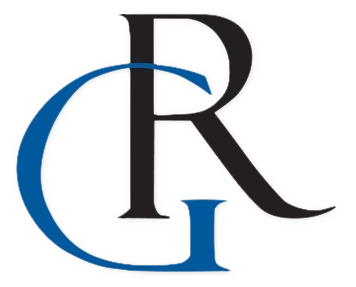Maximizing Your Retirement Savings: The Power of Mega Backdoor Roth Contributions
As we enter 2025, the Mega Backdoor Roth strategy remains a powerful tool for high-income earners looking to supercharge their retirement savings. This advanced technique allows eligible individuals to contribute significantly more to their Roth accounts, bypassing traditional limits and restrictions. Let's delve into the details and benefits of this strategy.
Understanding the Mega Backdoor Roth
The Mega Backdoor Roth is a method that enables individuals to contribute substantial amounts to their Roth accounts beyond the standard limits. It involves two key steps: 1. Making after-tax contributions to a 401(k) plan. 2. Converting these contributions to a Roth IRA or Roth 401(k).
Contribution Limits for 2025
For 2025, the Mega Backdoor Roth strategy allows for impressive contribution amounts:
Regular 401(k) employee contribution limit: $23,500. Or $31,000 if you are 50 or older.
Potential additional after-tax contributions: Up to $46,500.
This means you could potentially contribute up to $77,500 to your Roth accounts, far exceeding the standard Roth IRA contribution limit of $7,000 ($8,000 if over 50).
Key Benefits
Increased Roth Savings: The strategy allows for significantly higher Roth contributions compared to direct Roth IRA contributions.
Tax-Free Growth: Once converted to a Roth account, your money grows tax-free, and qualified withdrawals in retirement are also tax-free.
No Income Limits: Unlike direct Roth IRA contributions, there are no income restrictions for this strategy.
Investment Flexibility: If rolled over to a Roth IRA, you gain access to a wider range of investment options compared to employer-sponsored plans.
Withdrawal Flexibility: Roth IRA contributions (but not earnings) can be withdrawn without penalties, offering more flexibility than 401(k) plans.
No Required Minimum Distributions (RMDs): Roth IRAs are not subject to RMDs, allowing your money to continue growing tax-free throughout your lifetime.
Estate Planning Advantages: Roth IRAs can be passed down to heirs tax-free, making them an excellent vehicle for legacy planning.
Considerations and Requirements
To take advantage of the Mega Backdoor Roth strategy:
Your employer's 401(k) plan must allow after-tax contributions.
The plan must permit either in-service distributions or in-plan Roth conversions.
You should be in a financial position to maximize your regular 401(k) contributions before considering this strategy.
For self-employed individuals and small business owners with no employees, this can be set up by utilizing a Solo 401(k). Be sure to consult a financial advisor or retirement plan professional to set up your plan design to allow for this strategy.
Implementation Steps
Max out your regular 401(k) contributions ($23,500 for 2025).
Calculate your employer's matching contribution.
Determine the amount available for after-tax contributions by subtracting your regular contributions and employer match from the total contribution limit.
Make after-tax contributions to your 401(k).
Immediately convert these contributions to a Roth IRA or Roth 401(k) to minimize taxable earnings.
The Mega Backdoor Roth strategy offers a powerful way for high-income earners to build substantial tax-free retirement savings. However, it's complex and not available through all employer plans. Consulting with a financial advisor or tax professional is recommended to ensure proper implementation and to navigate potential tax implications.
Please reach out if you are a business owner or self employed and would like to explore adding this feature for your company.
